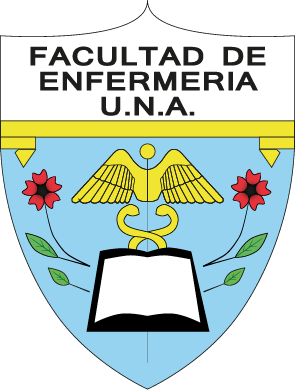The General Agreement on Tariffs and Trade Was Replaced by
«The General Agreement on Tariffs and Trade was Replaced by the World Trade Organization: What Does It Mean for Global Trade?»
For over 50 years, the General Agreement on Tariffs and Trade (GATT) served as the cornerstone of international trade relations. Established in 1947, the agreement aimed to promote free and fair trade between nations by reducing trade barriers and regulating international commerce. However, as the global economy continued to evolve, it became clear that a more comprehensive and modernized framework was needed to address new challenges such as digital trade, intellectual property rights, and environmental concerns.
In 1995, the World Trade Organization (WTO) was established as the successor to GATT, with the mandate to oversee and regulate international trade. The WTO operates on a set of principles and rules aimed at promoting fair and open trade relations among its member countries. Currently, the organization has 164 member nations, representing over 96% of global trade.
One of the primary functions of the WTO is to facilitate negotiations on trade agreements among its members. These agreements aim to reduce trade barriers, such as tariffs and quotas, and promote the free flow of goods and services between nations. The WTO also provides a forum for resolving trade disputes between countries and helps to enforce the rules and regulations that govern international trade.
The establishment of the WTO has had a significant impact on global trade. Since its inception, the organization has contributed to the reduction of trade barriers and the increase in global trade. According to the WTO, world merchandise trade grew by an average of 4.6% annually between 1995 and 2017, compared to an average annual growth rate of 1.3% during the previous four decades.
However, the WTO has not been without its challenges and criticisms. One of the main criticisms of the organization is that it has struggled to keep up with the rapid pace of globalization and the changing nature of the global economy. For example, the WTO has faced difficulties in negotiating agreements on issues such as digital trade and environmental standards.
Additionally, the WTO has recently been at the center of several high-profile trade disputes between the United States and other nations. The U.S. has accused the organization of being biased against it and has threatened to withdraw from the organization altogether. These tensions have raised concerns about the future of the WTO and its ability to continue to promote fair and open trade relations among its member nations.
In conclusion, the replacement of the General Agreement on Tariffs and Trade with the World Trade Organization was a significant development in the history of international trade. The WTO has played a crucial role in promoting free and fair trade relations between nations, but it faces significant challenges in keeping up with the changing nature of the global economy and navigating high-profile trade disputes. As the world continues to evolve, it will be important for the WTO to adapt in order to continue to serve as a key mechanism for regulating international trade.
Publicado: 17 diciembre, 2022

